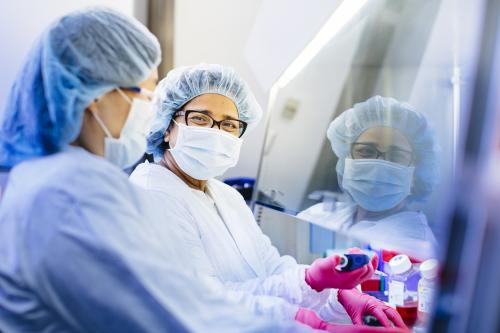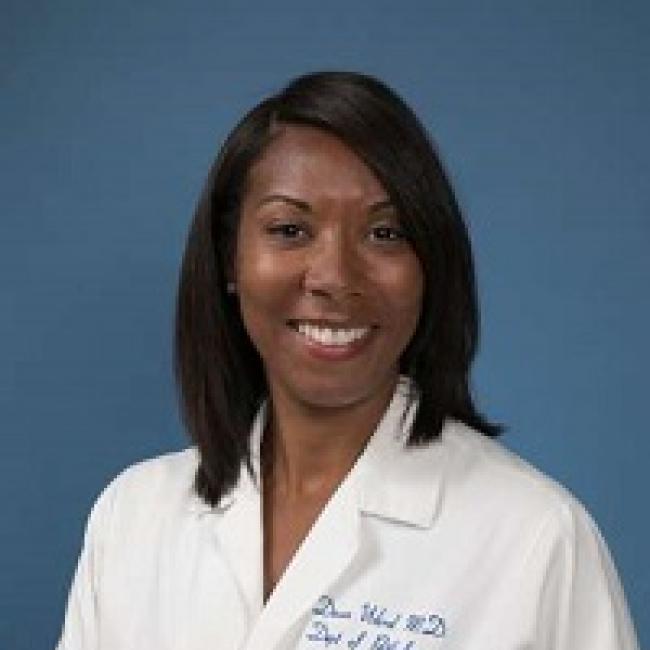UCLA Human Gene and Cell Therapy Facility

The UCLA Human Gene and Cell Therapy Facility supports the manufacturing of cell and gene therapy A technique that uses a gene or gene(s) to prevent, treat or cure a disease or disorder. Most gene therapies work by adding a healthy version of a gene to replace one that is defective or missing into the genome of particular cells. Some of these therapies use viral vectors to deliver genes into target cells. gene therapy A technique that uses a gene or gene(s) to prevent, treat or cure a disease or disorder. Most gene therapies work by adding a healthy version of a gene to replace one that is defective or missing into the genome of particular cells. Some of these therapies use viral vectors to deliver genes into target cells. products to be tested in FDA-approved early phase clinical trials led by our members as well as academic and industry partners.
Like all pharmaceuticals, cell and gene therapies must be produced under conditions that meet rigorous FDA safety standards before they can be tested in humans. These standards, known as Good Manufacturing Practices FDA regulations that assure the safety, identity, strength, quality and purity of cell, gene and drug products by requiring adequate control of manufacturing for these products. Good Manufacturing Practices FDA regulations that assure the safety, identity, strength, quality and purity of cell, gene and drug products by requiring adequate control of manufacturing for these products., or GMPs, require strict operational controls to ensure the identity, strength, quality and purity of drug and cell products.
The facility’s highly-trained staff, specialized equipment and state-of-the-art laboratories provide the expertise and resources to manufacture GMP-compliant products for first-in-human clinical trials.
The close proximity between the center’s research laboratories, the Translational Cell Therapy Laboratory and this facility removes barriers and increases access for our researchers, enabling the transformation of discoveries into life-saving therapies.
Our center funds this vital resource in partnership with the UCLA David Geffen School of Medicine, the Human Gene and Cell Therapy Program and the UCLA Health Jonsson Comprehensive Cancer Center.
Visit David Geffen School of Medicine’s Research Cores to learn more about the Human Gene and Cell Therapy Facility, including equipment and pricing.
Services
The facility’s team of expert staff provide the knowledge and experience needed to accelerate the development, regulatory approval and manufacturing of these cutting-edge therapeutic candidates.
Its services cover all aspects of production including:
- Materials
- Equipment
- Personnel
- Processes
- Premises
- Procedures
History
Established in 1993 — one of the first facilities of its kind at a university in the United States — the HGCTF has supported more than 25 clinical trials aimed at treating a range of cancers, HIV/AIDS, sickle cell disease, severe combined immune deficiency, other inherited blood cell disorders and blinding eye conditions.
Thanks to funding from the National Institutes of Health and California Institute for Regenerative Medicine, in 2025 the HGCTF is expanding into new, purpose-built facilities to support manufacturing of more patient products for more clinical trials.



